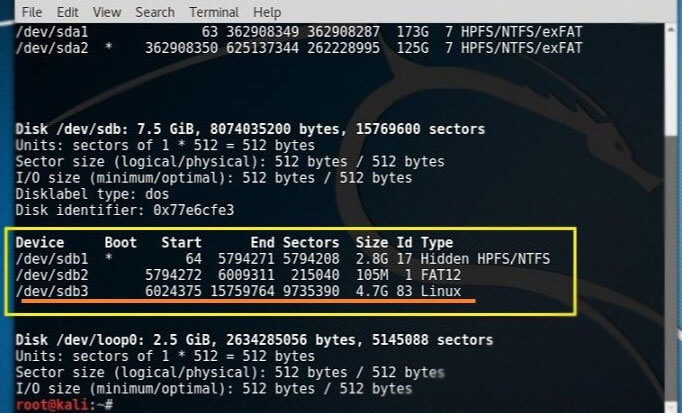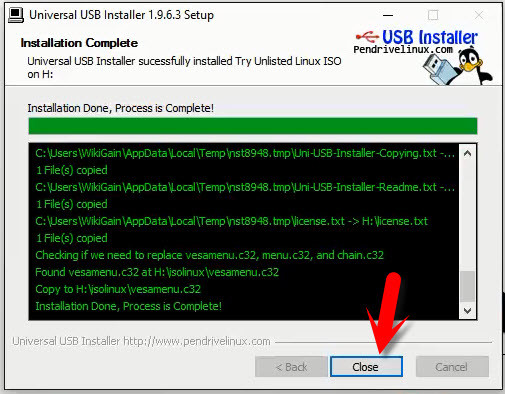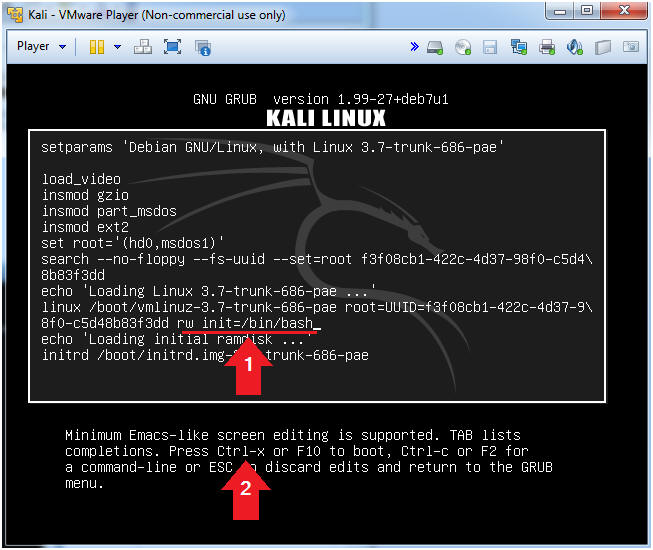
- #Kali linux usb boot init failed how to#
- #Kali linux usb boot init failed install#
- #Kali linux usb boot init failed update#
- #Kali linux usb boot init failed pro#
- #Kali linux usb boot init failed iso#
Installing Debian On Apple MacBook Air6-2
#Kali linux usb boot init failed pro#
Kali 2.0 Installation Tips for Macbook Pro 2015 Retina
#Kali linux usb boot init failed install#
How do I install build-essential without an Internet connection?
#Kali linux usb boot init failed how to#
How to install Broadcom BCM4360 on debian on Macbook pro HOWTO : Kali Linux 1.0.6 on MacBook Air (Mid 2013) 13 inches To further set up Kali Linux check the following resources:

Then I booted to Recovery HD by holding cmd R while booting. The thumb drive will be bootable without installing rEFInd.
#Kali linux usb boot init failed iso#
Then dd the iso to the thumb drive: sudo dd if=/Users/your_user_name/Downloads/ of=/dev/rdisk2 bs=1m

My thumb drive had the disk identifier disk2. Then I dd'ed the kali iso image to a thumb drive:įirst get the disk identifier of the thumb drive and unmount it: diskutil list

How I configured it: Iunzipped it, I had to turn my security settings off in the recovery mode, and I think that worked for me after I ran it as it's is supposed to be ran, as said in the link. I may have messed smth up on the way.īTW my laptop can't read my USB, which is to be expected, but I will be able to turn into readable later, won't I? There is a very high probability I've messed up somewhere before, because as I said, I've been running into almost every problem out there, googling, and trying to go around it, most of the time not even sure what I am doing, so.
#Kali linux usb boot init failed update#
Make sure u have the latest firmware update installedĪny help is appreciated :) I'm really getting frustrated trying to install Kali, first time though. If I try to boot the legacy folder it says:Įrror: Not Found while loading legacy loader So now I try to reboot my Mac, after the rEFInd boot screen shows up I plug-in the usb and I get only one volume (the legacy OS one) and the guide for installing Linux says try installing rEFInd and try again, but I already have rEFInd (you need to have 3 volumes as it shows here). Without going too much into details, some of which include (problems downloading rEFInd, burning the iso image onto the thumb drive and etc.).

I then decided to install Kali Linux 2.0, and boy it's been one problem after another, so far nothing has gone the way it's supposed to. I updated to El Capitan yesterday (on MacBook Air 2014).


 0 kommentar(er)
0 kommentar(er)
